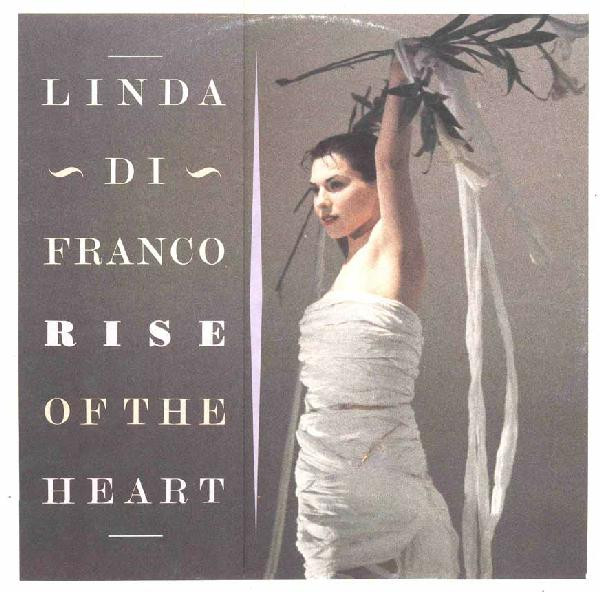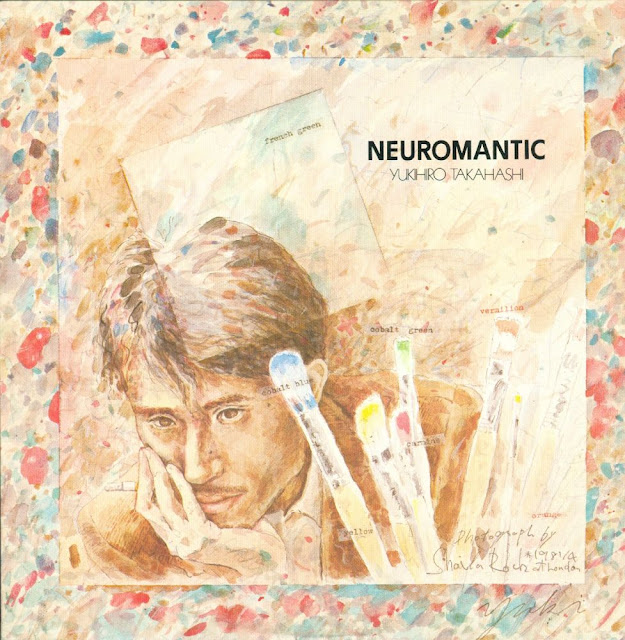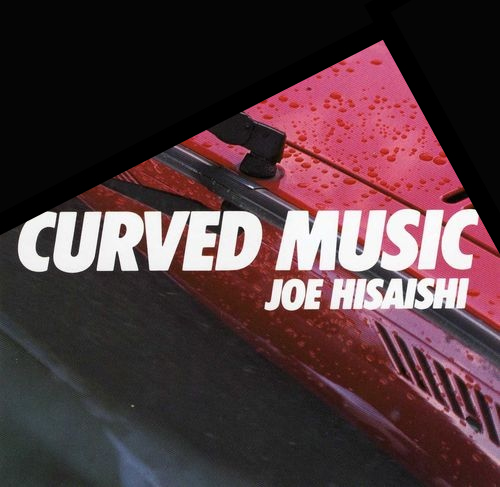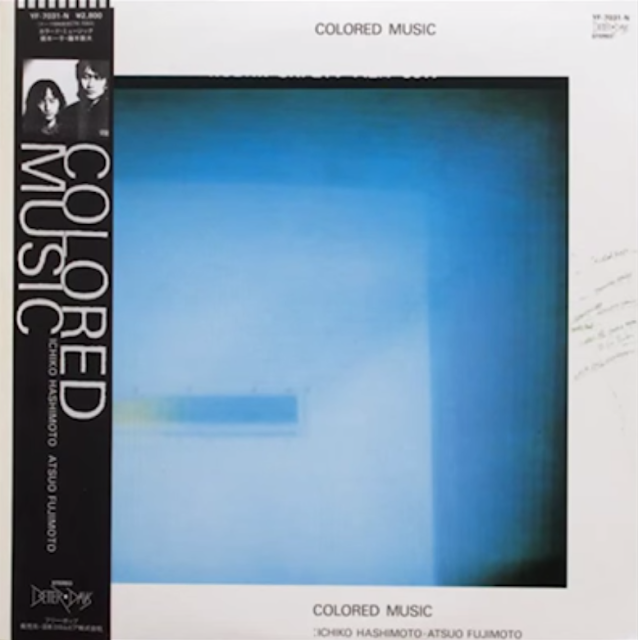
Guest post by Ian Hinton-Smith
A YouTube forage on a late-night mission to find everything related to early 80’s Telex eventually led me to Alec Mansion. The first track to hit me was “En Volant” (a sublime slice of uplifting disco-boogiefunk and well worth sniffing out) from his first LP Microfilms, but his self-titled follow-up album has an excellent run of dance floor bangers and so gets our attention here today. Instant winners are “Ou Es-Tu,” which gives RIPrince a run for his money in fizzy funk synth territory, and “Laid, Bête, Et Méchant” (roughly “Ugly, Stupid, and Mean”), which snaps harder than a stretched pair of disco knickers.
A YouTube forage on a late-night mission to find everything related to early 80’s Telex eventually led me to Alec Mansion. The first track to hit me was “En Volant” (a sublime slice of uplifting disco-boogiefunk and well worth sniffing out) from his first LP Microfilms, but his self-titled follow-up album has an excellent run of dance floor bangers and so gets our attention here today. Instant winners are “Ou Es-Tu,” which gives RIPrince a run for his money in fizzy funk synth territory, and “Laid, Bête, Et Méchant” (roughly “Ugly, Stupid, and Mean”), which snaps harder than a stretched pair of disco knickers.
Impossible to find a hard copy and commanding high prices when it does rear its head in the vinyl market, so I highly suggest you grab this and save yourselves a few months waiting time…and a scramble to find a few hundred clams when it does. High recommends for fans of Telex and Lio. Repress please!








